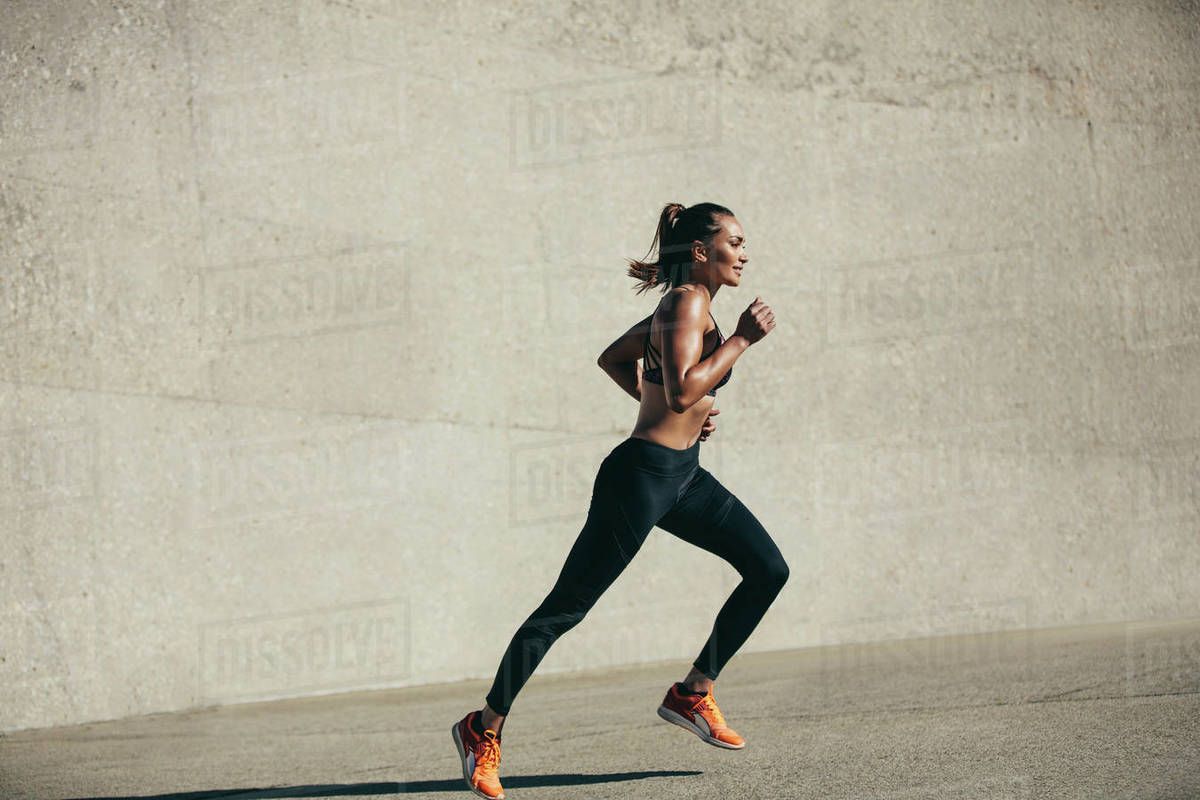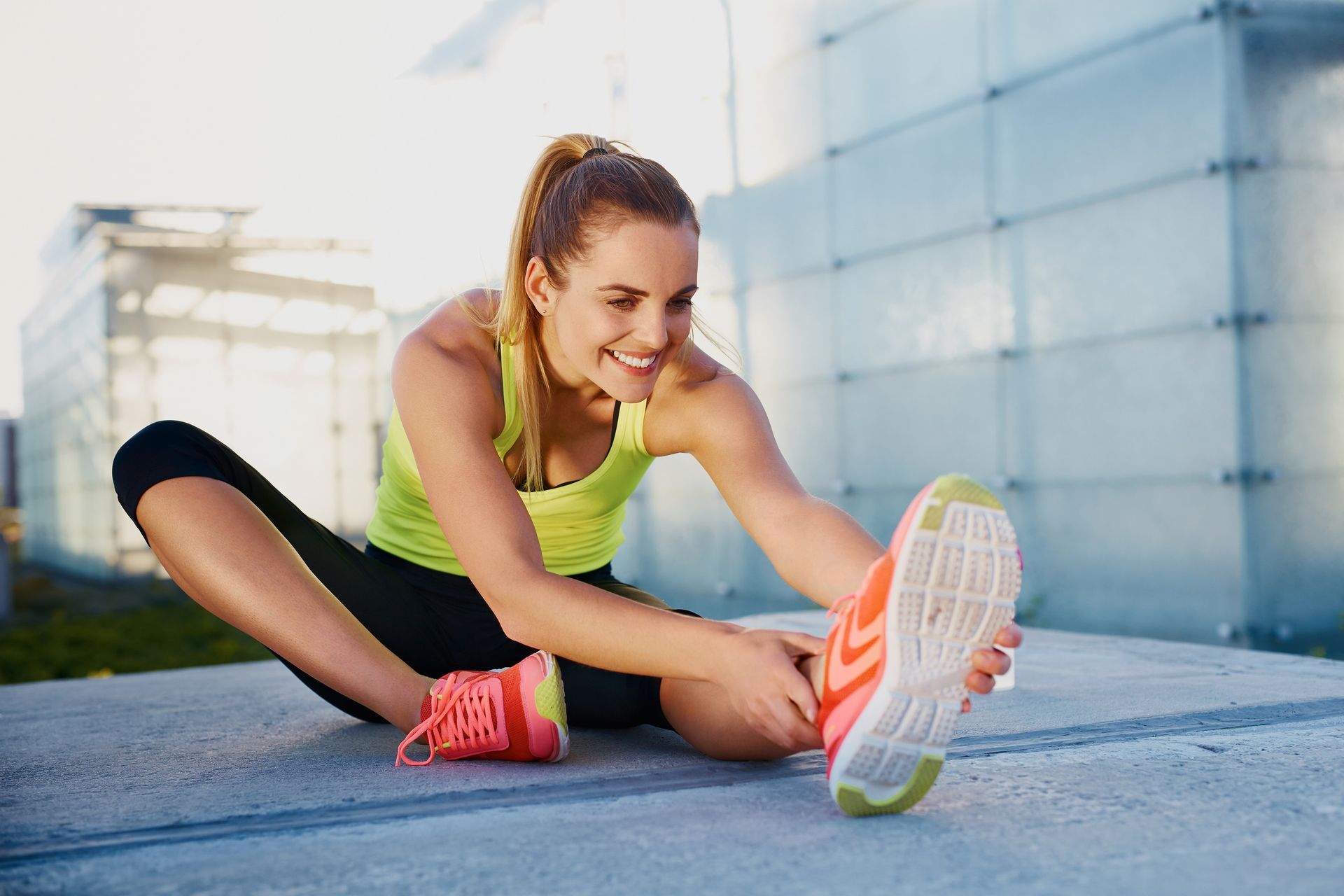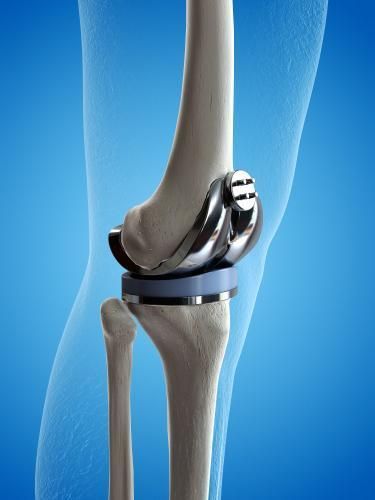June 13, 2025
When it comes to exercise, most people focus on warming up or pushing through the workout itself, but what often gets overlooked is the warm-down which is a period of gentle movement and stretching after your main workout. Though it may feel tempting to skip it, a proper warm-down is crucial for both your physical health and your mental well-being. Here is why this final phase of your workout deserves just as much attention as everything that comes before it: 1. Helps Prevent Injury One of the most important physical benefits of a warm-down is injury prevention (Witvrouw, et al., 2004). After intense activity, your muscles are warm, flexible, and more prone to strain if you suddenly stop moving (Witvrouw, et al., 2004). Gradually slowing down your heart rate and stretching your muscles helps release tension and reduce muscle stiffness, which can significantly lower the risk of cramps, strains, and post-workout soreness (Witvrouw, et al., 2004). 2. Promotes Better Circulation During exercise, your heart rate and blood pressure increases to support your body’s physical demands (Alter, 1998). If you stop abruptly, blood can pool in your limbs, leading to dizziness or even fainting. A warm-down helps maintain healthy blood flow by gradually lowering your heart rate and allowing your body to transition smoothly back to a resting state (Alter, 1998). This improves circulation and helps the body clear out metabolic waste products like lactic acid (Alter, 1998). 3. Supports Mental Clarity and Stress Relief Exercise is a proven mood booster, and warming down can enhance these benefits. Taking time to breathe deeply and reflect during your warm-down allows your nervous system to shift from the high-energy "fight or flight" mode into the calmer "rest and digest" state (Van Hooren & Peake, 2018). This shift reduces stress hormones like cortisol and helps improve mental clarity, calmness, and emotional balance (Van Hooren & Peake, 2018). 4. Enhances Flexibility and Recovery Including dynamic and static stretches during your warm-down helps maintain or even improve flexibility over time (Alter, 1998; Witvrouw, et al., 2004). Muscles are more pliable after a workout, making this the perfect time to gently lengthen and release them (Alter, 1998; Witvrouw, et al., 2004). This not only reduces soreness in the days following exercise but also supports quicker recovery and better performance in future workouts (Alter, 1998; Witvrouw, et al., 2004). 5. Reinforces Healthy Mind-Body Connection Warming down creates a moment of mindfulness—a chance to tune into how your body feels after movement (Van Hooren & Peake, 2018). This reinforces a healthy relationship with exercise that is about more than burning calories or hitting performance goals (Van Hooren & Peake, 2018). It is a time to appreciate what your body can do and to give it the care it deserves (Van Hooren & Peake, 2018). This shift in perspective can be especially helpful in maintaining long-term motivation and preventing burnout (Van Hooren & Peake, 2018). Conclusion A warm-down might seem like a small part of your workout, but its benefits for your physical and mental well-being are significant. From preventing injury and aiding recovery to promoting mental clarity and deepening your connection with your body, those extra 5–10 minutes are well worth your time. So next time you finish a run, gym session, or yoga class, do not rush off, take a couple minutes to wind down. Your body and mind will thank you for it. References: Witvrouw, E., Mahieu, N., Danneels, L., & McNair, P. (2004). Stretching and injury prevention: an obscure relationship. Sports medicine, 34, 443-449. Alter, M. J. (1998). Sport stretch. Human Kinetics. Van Hooren, B., & Peake, J. M. (2018). Do we need a cool-down after exercise? A narrative review of the psychophysiological effects and the effects on performance, injuries, and the long-term adaptive response. Sports Medicine, 48(7), 1575-1595.





